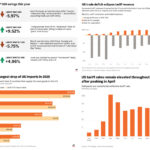Russia continues to face mass virus complications, and the latest attempt, a period of non-work for citizens, has not paid off in lowering the numbers of infections of deaths. Not all regions followed Russian President Vladimir Putin’s 9-day mandate order but did try limiting public access and bring down the growing virus numbers. The Associated Press has the story:
The daily tallies of new cases and COVID-19 deaths remained high throughout the non-working period
MOSCOW (AP) — Coronavirus deaths in Russia hit a new record Tuesday and new confirmed cases remained high two days after a nine-day non-working period ended in most of the country’s regions.
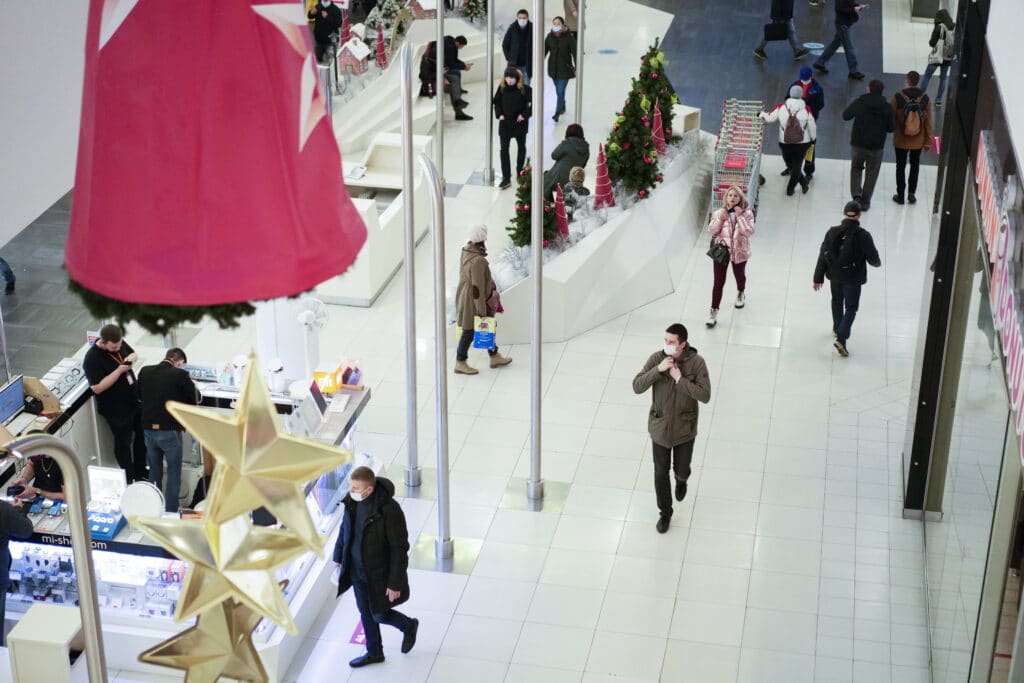
The state coronavirus task force reported 1,211 COVID-19 deaths, the highest daily death toll in the pandemic, and 39,160 new cases. The task force has reported around 40,000 cases and over 1,100 deaths every day since late October.
Russian President Vladimir Putin ordered many Russians last month to stay off work between Oct. 30 and Nov. 7. He authorized regional governments to extend the number of non-working days, if necessary, but only five Russian regions have done so.
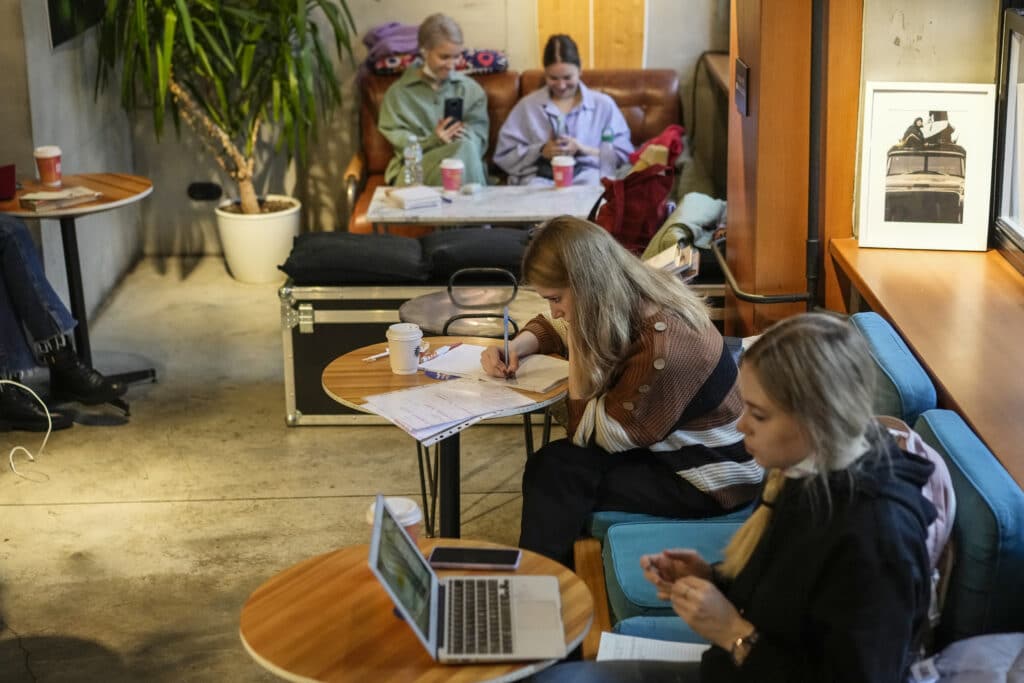
Other regions have restricted access to restaurants, theaters, and other public places to people who either have been fully vaccinated, have recovered from COVID-19 within the last six months or tested negative in the previous 72 hours.
The daily tallies of new cases and COVID-19 deaths remained high throughout the non-working period. Officials in the Kremlin argued Monday that it was too early to tell whether the measure had the desired effect.
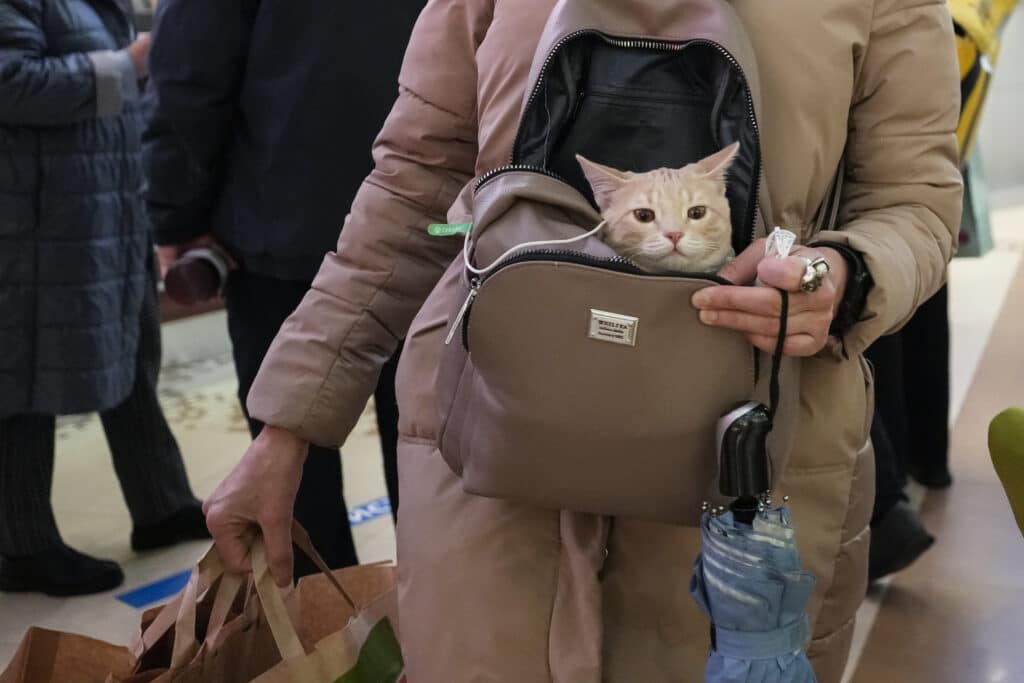
Russia’s fall surge in infections and deaths comes amid low vaccination rates, lax public attitudes toward taking precautions and the government’s reluctance to toughen restrictions.
Less than 40% of Russia’s nearly 146 million people have been fully vaccinated, even though Russia approved a domestically developed COVID-19 vaccine months before most countries.
In all, Russia’s coronavirus task force has reported more than 8.8 million confirmed cases and over 249,000 deaths in the pandemic.
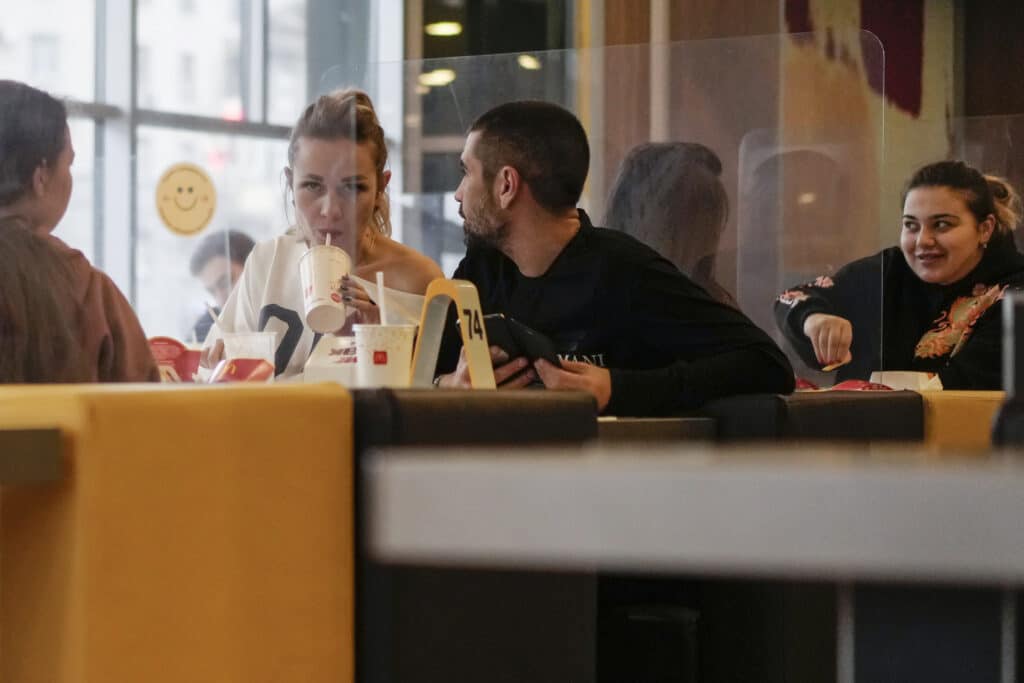
However, reports by Russia’s statistical service Rosstat that tally coronavirus-linked deaths retroactively reveal much higher mortality numbers: 462,000 people with COVID-19 died between April 2020 and September this year.
Russian officials have said the task force only includes deaths for which COVID-19 was the main cause and uses data from medical facilities. Rosstat uses wider criteria for counting virus-related deaths and takes its numbers from civil registry offices where registering a death is finalized.
By DARIA LITVINOVA



